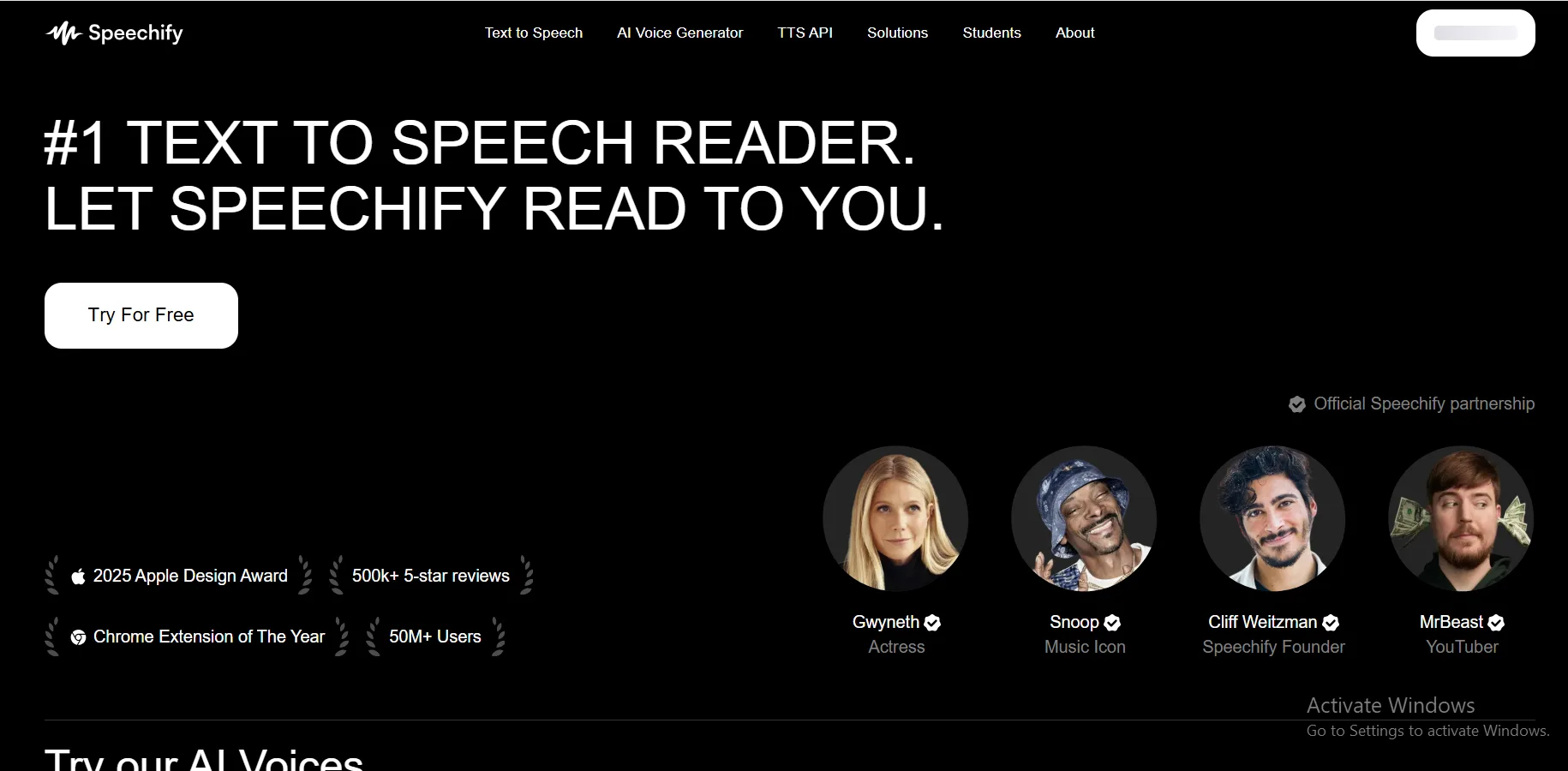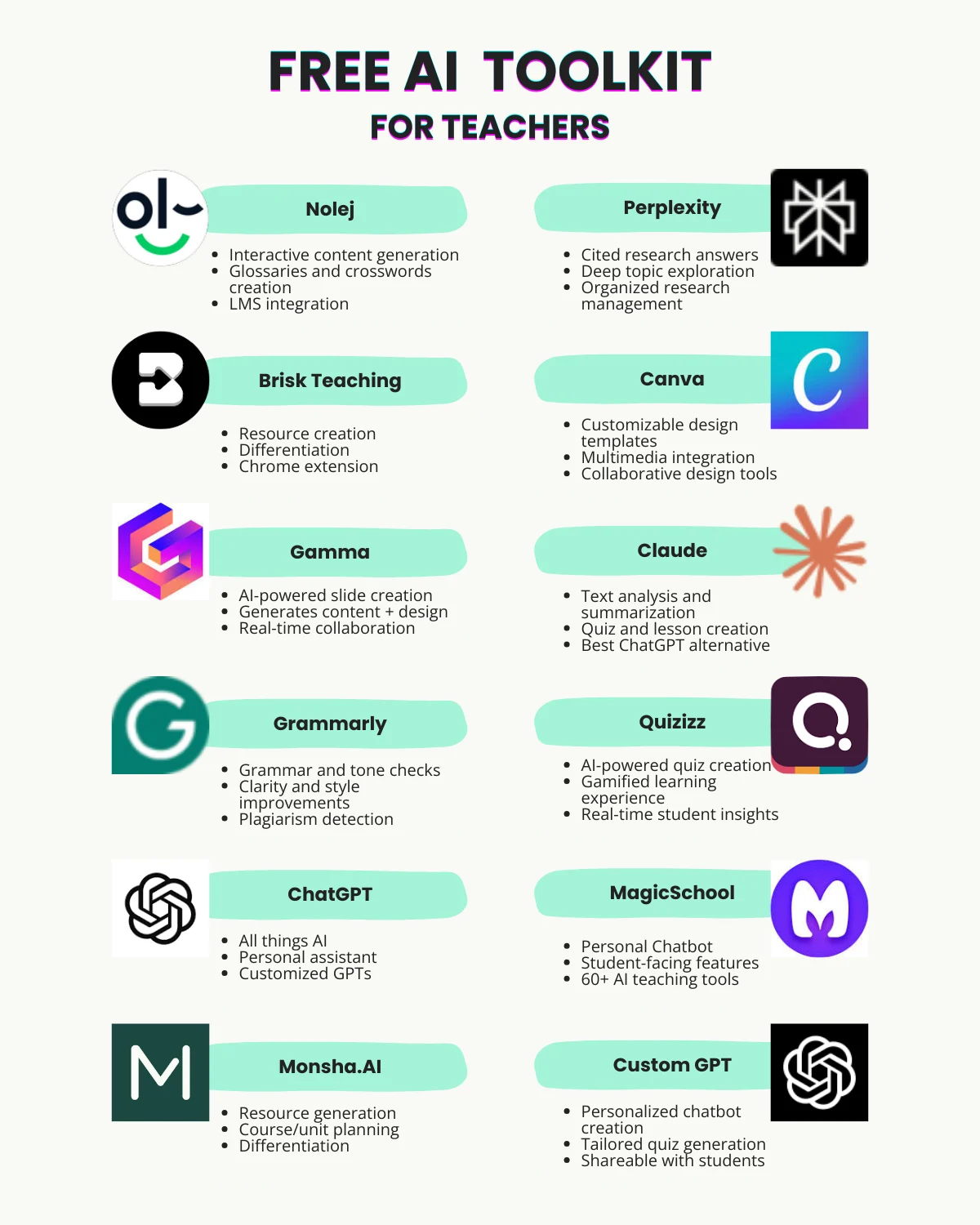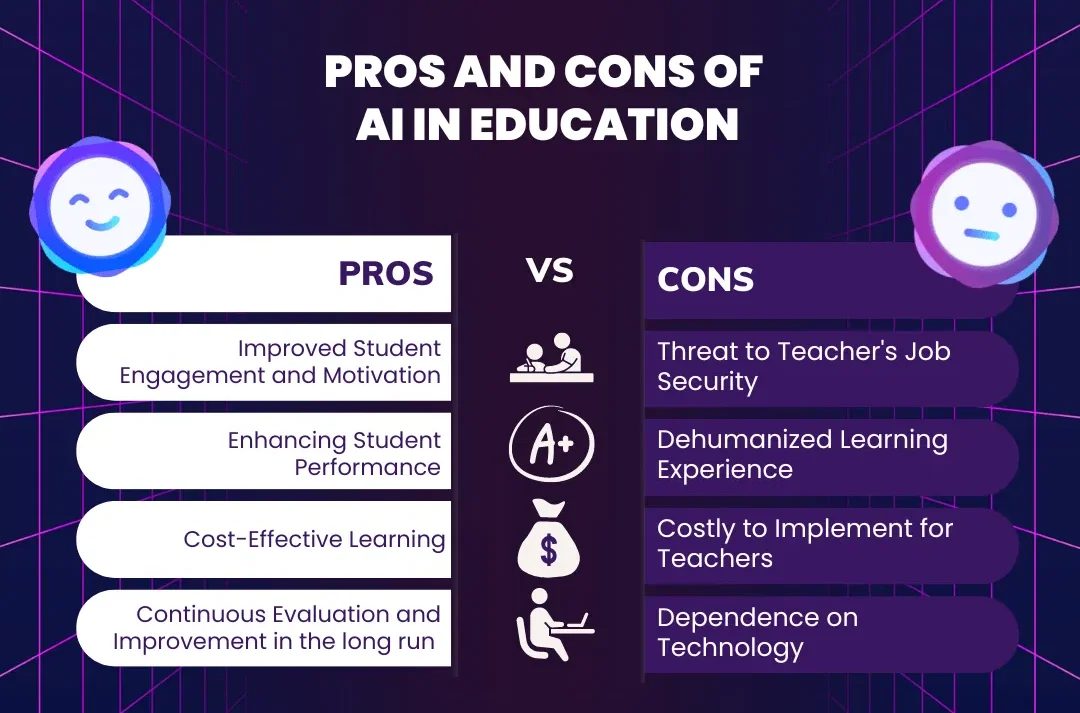Special education teachers are the backbone of inclusive education, tirelessly addressing the diverse needs of students with disabilities while juggling extensive administrative tasks. The integration of Artificial Intelligence (AI) into classrooms is generating excitement, offering practical solutions to these challenges. What are the AI benefits for special education teachers? AI benefits special education teachers by automating administrative tasks, personalizing learning, enhancing accessibility, and providing data-driven insights to support students effectively.
This article explores four key AI benefits for special education teachers, offering actionable strategies and tools to alleviate their workload and enhance student success. By leveraging classroom technology, teachers can focus on what matters most: fostering meaningful connections and supporting their students’ growth.
Understanding the Challenges of Special Education Teachers
Special education teachers face a unique set of demands. They must design individualized education plans (IEPs) tailored to students with conditions like dyslexia, ADHD, autism, or physical disabilities. This involves creating customized lesson plans, monitoring progress, and communicating with parents and therapists. Additionally, administrative tasks—such as paperwork, assessments, and meetings—consume significant time, often leading to burnout. According to a 2024 report, 98% of U.S. school districts face special education teacher shortages, exacerbating these challenges (NCPSSERS). This leaves teachers with limited time for direct student interaction, which is critical for fostering academic and emotional growth.
4 Key AI Benefits for Special Education Teachers
AI-powered teacher tools offer transformative solutions to these challenges. Below are four actionable ways AI can enhance special education classrooms, with practical steps for implementation.
1. Automating Administrative Tasks
How AI Helps: AI tools like ChatGPT and Education CoPilot streamline time-consuming tasks such as drafting IEP goals and creating lesson plans. By inputting student data, teachers can generate tailored objectives in minutes, significantly reducing paperwork time.
Why It Works: Administrative tasks can consume hours of a teacher’s day. AI automates repetitive processes, ensuring accuracy and consistency while freeing up time for instruction. For example, generative AI can draft IEP goals based on student assessments, which teachers can then refine.
How to Implement:
- Identify time-intensive tasks like IEP drafting or lesson planning.
- Choose an AI tool like Education CoPilot for lesson planning or ChatGPT for text generation.
- Input student data and learning objectives into the tool.
- Review and adjust AI-generated outputs to ensure alignment with student needs.
- Integrate outputs into existing workflows, such as IEP documentation systems.
“In special education, time is our most precious resource. AI helps us reclaim that time so we can invest it where it matters most: in our students.” – Michael Brown, Special Education Administrator
2. Personalizing Learning for Special Needs Support
How AI Helps: Adaptive learning platforms like Magic School AI and Almanack AI create customized learning paths by analyzing student performance and adjusting content in real time. These platforms cater to diverse learning styles, ensuring each student is appropriately challenged.
Why It Works: Students with disabilities often require tailored instruction that standard curricula cannot provide. AI adapts lessons to individual needs, improving engagement and academic outcomes. For instance, a student with dyslexia might receive simplified texts, while a student with ADHD could benefit from shorter, interactive modules.
How to Implement:
- Select an adaptive learning platform suited for special education, such as Magic School AI.
- Input student profiles, including learning needs and goals.
- Allow the platform to generate personalized lessons or activities.
- Monitor student progress through the platform’s analytics dashboard.
- Adjust teaching strategies based on AI recommendations.
“AI is not just about efficiency; it’s about equity in education. By personalizing learning, we ensure every student has the opportunity to succeed.” – Dr. Jane Doe, Special Education Researcher
3. Enhancing Accessibility with Classroom Technology

How AI Helps: Tools like Speechify convert text to speech, making educational content accessible to students with reading disabilities or visual impairments. These tools allow students to listen to textbooks or assignments at their preferred pace.
Why It Works: Accessibility is a cornerstone of special needs support. AI-driven tools like text-to-speech and speech recognition enable students to engage with content in ways that suit their abilities, fostering independence and confidence. For example, Speechify can improve reading fluency for students with dyslexia through auditory reinforcement.
How to Implement:
- Identify students who struggle with reading or visual processing.
- Introduce a tool like Speechify, available on multiple devices.
- Upload educational materials (e.g., PDFs, Word documents) to the platform.
- Customize settings, such as reading speed or voice, to match student preferences.
- Encourage students to use the tool during class or at home for assignments.
“The future of special education is not about replacing teachers with machines but empowering teachers with machines to do what they do best.” – Dr. Lisa Lee, Educational Technology Expert
4. Providing Data-Driven Insights
How AI Helps: AI tools like Almanack AI analyze student performance data to identify learning gaps and suggest interventions. Real-time analytics allow teachers to make informed decisions quickly, ensuring timely support.
Why It Works: Continuous progress monitoring is critical in special education. AI simplifies data analysis, presenting insights in clear, visual formats. This enables teachers to address issues before they escalate, improving student outcomes.
How to Implement:
- Choose a data analytics tool like Almanack AI for progress tracking.
- Input student performance data from assessments or classroom activities.
- Review AI-generated reports to identify patterns or areas of concern.
- Implement suggested interventions, such as modified assignments or additional support.
- Regularly update data to track progress over time.
“The key to successful AI integration in special education is collaboration. Teachers, parents, and tech developers must work together to create tools that meet student needs.” – John Smith, EdTech Innovator
Unbiased AI Tool Review: Speechify

Purpose: Speechify provides text-to-speech functionality, enabling students with reading disabilities or visual impairments to access educational content.
Key Features:
- Converts text to natural-sounding speech.
- Supports multiple formats (PDF, Word, web pages) and languages.
- Allows customization of reading speed and voice preferences.
Benefits:
- Enhances accessibility for students with dyslexia or visual impairments.
- Improves reading fluency and comprehension through auditory reinforcement.
- Enables multitasking, as students can listen while completing other tasks.
Ease of Use/Learning Curve: Speechify’s intuitive interface requires minimal training, making it accessible for both teachers and students.
Integration: Compatible with computers, tablets, and smartphones, integrating seamlessly into classroom workflows.
Pricing Model: Offers a free version with basic features and premium plans starting at $139/year.
Real-World Application: A teacher uploads a science textbook to Speechify, allowing a student with dyslexia to listen to chapters while following along, improving comprehension and engagement.
Pros & Cons:
- Pros: User-friendly, supports multiple formats, enhances accessibility.
- Cons: Premium features require payment, and some functions need internet access.
AI Tool Comparison
| Feature | Education CoPilot | Almanack AI |
|---|---|---|
| Primary Function | Lesson planning and progress tracking | Classroom management and personalized learning |
| Adaptive Learning | Adapts to teaching styles | Identifies learning gaps |
| Data Analysis | Provides data-driven insights | Offers real-time analytics |
| Collaboration | Supports colleague collaboration | Facilitates parent communication |
| Ease of Use | User-friendly interface | Intuitive design |
| Pricing | Subscription-based | Subscription-based |
This table helps teachers choose tools based on their priorities, such as lesson planning or data analysis.
Ethical Considerations & Best Practices
While AI offers significant benefits, ethical implementation is crucial:
- Data Privacy: Protect student data by using tools compliant with privacy regulations like FERPA.
- Bias Awareness: Regularly audit AI tools for biases that could disproportionately affect students with disabilities.
- Human Oversight: AI should assist, not replace, teachers’ judgment and empathy.
- Inclusivity: Select tools designed with diverse learners in mind, as emphasized by the Special Olympics (TIME).
Best Practices:
- Provide teacher training on AI tool usage.
- Involve parents and students in tool selection to ensure alignment with needs.
- Continuously evaluate AI tools for effectiveness and inclusivity.
“While AI can handle data and routines, it’s the teacher’s heart and intuition that make the real difference in a student’s life.” – Emily Johnson, Special Education Teacher
Top AI Tools for Teachers
Here’s a snapshot of AI tools making waves in education:
| Tool | Function | Benefit |
|---|---|---|
| ChatGPT | Generates ideas and answers | Sparks creativity, saves time |
| MagicSchool | Builds custom lesson plans | Simplifies planning |
| Gradescope | Automates grading | Speeds up feedback |
| Curipod | Creates interactive lessons | Boosts student engagement |

Conclusion: The Way Forward
AI is transforming special education by reducing administrative burdens, personalizing learning, enhancing accessibility, and providing actionable insights. These teacher tools empower educators to focus on their core mission: supporting students with special needs. By adopting AI thoughtfully, with an emphasis on ethics and inclusivity, special education teachers can create more effective and equitable classrooms.
Call to Action: Start exploring AI tools like Speechify or Education CoPilot to streamline your workflow. Begin with one tool that addresses a pressing need, and scale up as you gain confidence. AI is here to enhance, not replace, the vital role you play in your students’ lives.
Frequently Asked Questions
How can teachers start using AI in their classrooms?
Identify time-consuming tasks, explore tools like Magic School AI, and pursue professional development for effective integration (CIDDL).
Can AI replace special education teachers?
No, AI complements teachers by automating tasks, allowing more focus on student interaction and support (Education Week).
Is AI safe for use in special education?
With proper oversight and privacy measures, AI is safe and beneficial, enhancing teaching without replacing human connection (GoSolutions).
How can AI help with IEPs?
AI generates IEP goals by analyzing student data, saving time and ensuring tailored objectives (MentalUP).
What is the best AI tool for special education?
The best tool depends on specific needs, but Speechify excels for accessibility, and Education CoPilot is ideal for lesson planning.






